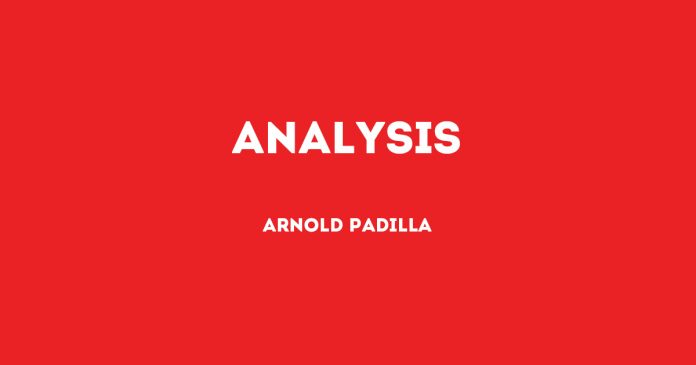
Rising global prices amid speculation
Global oil prices are much higher this year than in 2020, which most analysts credit to the rebound in demand amid tight supply. Economies are recovering from the impacts of pandemic lockdowns, and they need more oil for increased production, estimated at an extra 450,000 barrels per day (BPD) through the rest of the year. There were calls to boost global output by as high as 800,000 BPD amid pressure from the world’s largest oil consumers like the US, accounting for more than 20 percent of global oil consumption.
But members of the Organization of the Petroleum Exporting Countries (OPEC) and their partners (collectively, the OPEC+) are only increasing output by 400,000 BPD. OPEC+, led by Saudi Arabia and Russia, earlier tightened oil supply when global prices collapsed due to the pandemic last year.
Looking at commodity prices compiled by the International Monetary Fund (IMF), the July price index of the world’s three major spot prices for crude oil (i.e., Brent, West Texas Intermediate or WTI, and Dubai) was its highest monthly average since November 2018. From January to August this year, the average spot prices ($65.14 per barrel) for crude oil are 61 percent higher than during the same period last year ($40.47 per barrel). More updated weekly data quoted in news reports say that Brent spot prices reached a three-year high of $83.47, and WTI reached a seven-year high of $79.35.
However, as usual in neoliberalism, much of the price increases in the global oil markets are driven by speculation and not by the actual supply and demand. This speculation is being fueled this time by how the global health crisis could further develop. OPEC+ members are reluctant to supply the market with more oil out of fear that demand and prices could weaken again all of a sudden due to another wave of COVID-19 infections. The opposite side of this is the bullish outlook that global economic recovery from the pandemic will remain faster than expected, with speculators from Goldman Sachs and the Bank of America projecting oil prices to climb further up to $90 to $100 per barrel. The last time global spot prices averaged more than a hundred dollars was August 2014. Meanwhile, traders, especially those in the futures markets, also speculate that demand could further increase due to the colder than anticipated winter season amid the climate crisis.
The Philippines is especially vulnerable to global supply and demand speculation because the country is a heavy consumer and big importer of petroleum. Out of 214 countries worldwide, the Philippines ranks top 36 in terms of oil consumption. In the first half of 2021, the country imported 10.03 billion liters of finished petroleum products and 1.21 billion liters of crude oil to meet the domestic demand of 67.70 million liters per day. The oil import bill went up by 55.9 percent, from $3.07 billion in the first half of 2020 to $4.79 billion in the same period this year due to higher import volume and rising global prices. (To be continued) (Bulatlat/PN)





